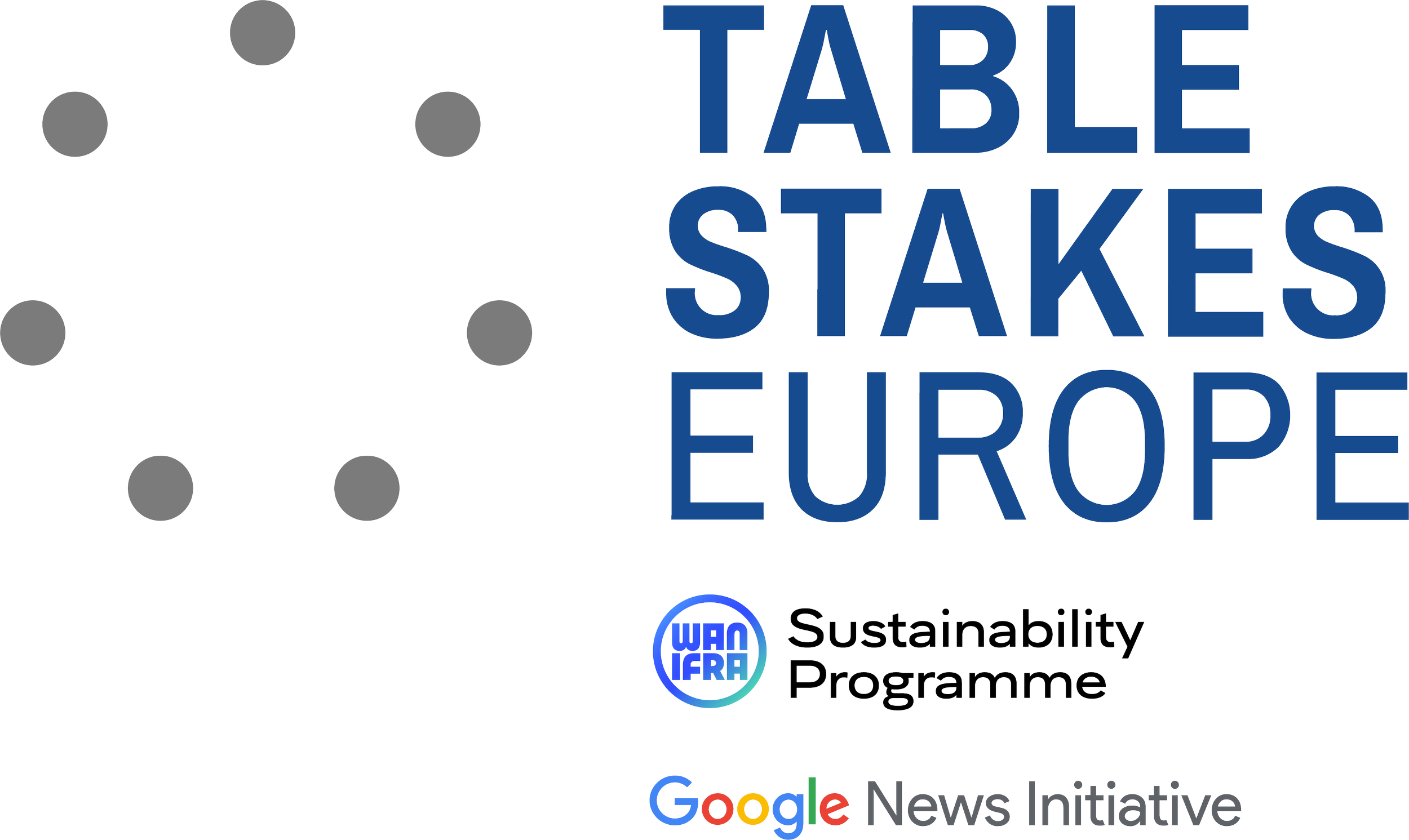Interview with Matthias Krapf, Head of Digital, Moser Holding (Tiroler Tageszeitung, Austria)
Original interview in German, written by Markus Schöberl, can be found here.
What were your expectations or hopes that convinced you to participate in Table Stakes?
I had in the back of my mind that this is somehow exciting, nothing to do with big words or strategies for 2028, but something that is very concrete and that gets very quickly to the question as to how to further develop one's journalism and business model so that they are sustainable. Our expectation was that it would move us forward over the entire year with a direct benefit for our business. Our expectation proved to be justified.
A total of 24 publishers participated in your TSE round, including German, French or English-language newspapers. Was the contact with all of them equally rewarding? Or did you benefit especially from certain contacts?
Naturally, there’s not the same connection with all publishers. But by this I don't wish to say that, for an Austrian media house, only the German-speaking market is of interest. It is more a question whether the other media house is at a similar development phase or finds itself having to deal with the same issues. For example, we had a very fruitful contact with the Nordkurier newspaper from Mecklenburg, though we also held discussions with a very small French-language newspaper from Switzerland. We even had an online meeting with a Scottish newspaper that was actually a participant in the previous year's programme. Our coach arranged that.
When you say that it is especially rewarding to exchange views with other newspapers that are at a similar development phase, or have to deal with the same issues: at what stage of development was Tiroler Tageszeitung when it decided to participate in Table Stakes?
A big help for us in relation to Table Stakes was that the basic decision had already been taken to head in the direction of digital subscriptions. It meant that there was no need for us to sell the idea in-house that it would make sense to move in this direction. The awareness for this already existed, so we launched into the project with real impetus.
The concrete situation as of last September, at the beginning of the current round of Table Stakes, was that we did not yet have a paywall. We only had a relatively complicated registration wall. The user had to register to be able to read specific articles. Now, since 1st March, we have a Freemium model. A large share of the articles is free of charge, but a considerable share is behind the paywall. These are tt.com plus articles. To read these, you need as a minimum requirement our tt.com-plus subscription that costs € 4.90 monthly, therefore a very favourable price that was also a subject of much discussion in Table Stakes. With this offer, we have succeeded in attracting 1500 subscribers since 1st March, all genuine first-time paying users. We aim to double this figure by the end of the year.
And aside from the paywall, what projects did you launch in Table Stakes ?
That is not so easy to say, as many projects were perhaps not launched because of Table Stakes, but were strongly influenced by Table Stakes. We have started to live the mini-publisher approach, therefore the idea of forming cross-functional, interdisciplinary teams that take on kind of a publisher responsibility. In the case of our newsletter ‘TT am Morgen’, which is not free of charge but distributed exclusively to paying subscribers, we have applied the mini-publisher concept from the start. This was a project that we were considering already before Table Stakes but that we implemented within the framework of Table Stakes. Now with nearly 10,000 users, this is a highly successful offering.
What else in Table Stakes is of special importance to you?
The 'Audiences‘' concept very much appeals to me. It is something that Doug Smith strongly promotes. Basically, it draws attention to the fact that newspapers today – whether online or print – do not simply address one mass audience, in our case all inhabitants of the Tyrol region, instead there are very special target audiences. For example, outdoor enthusiasts who like to read our hiking tips, or supporters of specific football clubs, or people who like to cook, or young parents.
Which audiences have you discovered for your newspaper?
Although we did, of course, report about culinary matters and cooking before Table Stakes, we now have a special newsletter ('Gaumenfreuden') for people who themselves like to cook. Published as a weekly newsletter, it aims to provide a certain inspiration and create a type of community. It is a challenge to stand out from the masses of cooking recipes in the Internet. We do so by including contributions from bloggers or chefs from the Tyrol region. We do not simply publish three recipes, but instead try to incorporate interesting persons from the region into our articles.
